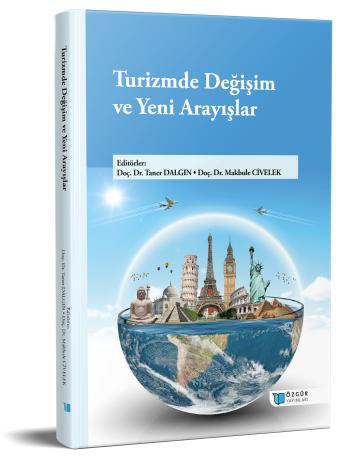
Lavender Tourism
Chapter from the book:
Dalgın,
T.
&
Civelek,
M.
(eds.)
2023.
Change and New Search in Tourism.
Synopsis
Lavender, an aromatic plant, has become the focus of attention of people in recent years due to its unique and attractive properties. Lavender fields have started to become one of the travel routes of people who want to have a different experience with the purple postcard images they create in the countryside. This situation has prepared the ground for the development of lavender tourism activities. Lavender tourism can be expressed as travels to visit lavender fields, observe, take photos, experience the products obtained from lavender and participate in the lavender harvest. Lavender tourism is an interesting option for nature lovers, photographers, romantic holidaymakers and tourists who want to spend time in a calm and peaceful environment. Lavender tourism has some important economic effects such as generating income, providing employment opportunities, supporting local and rural development and bringing marginal areas to the economy. In addition to this, socio-cultural aspects; rural-urban interaction, entrepreneurship culture, participation of women and youth, environmental aspects; protection of ecological balance, promotion of sustainable agricultural practices and environmental awareness, in terms of politics; It has effects such as reducing unemployment, creating a green image with subsidies from the state and international organizations. France, Spain and Bulgaria stand out as popular destinations for lavender tourism in the world. In Turkey, when lavender tourism is mentioned, Isparta and Burdur provinces come to mind first. It is thought that this book chapter, which creates a conceptual framework about lavender tourism, will contribute to filling the gap in the literature.

